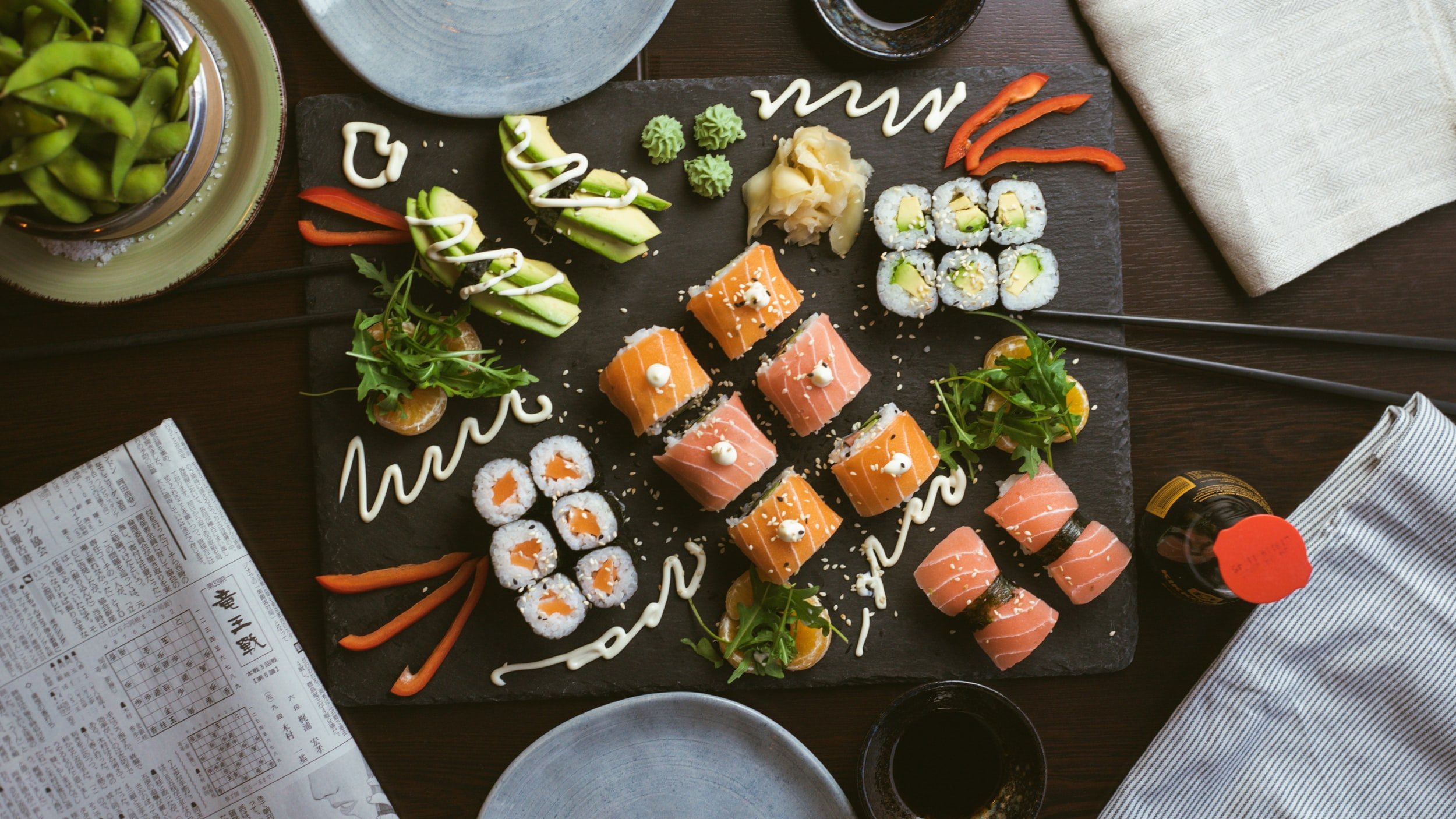Summer can stir up our sleep. Even in a season we associate with rest and fun, many of us are flying across time zones, juggling child care and work, or absorbing the emotional ripple effects of big transitions—like perimenopause, divorce, or leadership shifts.
As a practitioner of somatic therapy in the Coachella Valley, I often remind my clients:
Transitions, even positive ones, are stressors to the nervous system. And when your nervous system is in a state of flux, your sleep often follows.
Let’s explore how changes—seasonal, hormonal, and situational—can affect your sleep, and how somatic support can bring you back into rhythm.
✈️ Summer Travel, Disruption, and Your Internal Clock
You don’t have to fly across the world to feel off-balance in July. Even a road trip, a house full of guests, or a change in routine can disorient the body’s internal clock, also known as the circadian rhythm.
Jet lag and late sunsets aren’t the only culprits. Your nervous system is constantly scanning for cues of safety or threat—in somatic therapy it’s called “neuroception.” When your environment changes, your body’s ability to relax and release into sleep can get hijacked.
Think about it:
A different bed.
Unfamiliar smells.
Louder city noise or the eerie silence of the countryside.
A full house with relatives and unspoken family tension.
Even good stress—like a long-awaited vacation—can confuse the body if your system doesn’t feel settled.
In my Palm Springs resilience coaching practice, I guide clients to build nervous system flexibility, so you can bounce back from these disruptions more quickly. Sleep is a natural byproduct of a resilient system.
🌙 Hormonal Shifts & the Sleep Struggles of Perimenopause
For women in their 40s and early 50s, perimenopause is one of the most sleep-disrupting transitions there is.
Even if you’ve always been a sound sleeper, the arrival of hormone-driven changes can look like:
Waking up at 3 a.m. wired and restless.
Night sweats or chills that make you toss and turn.
Anxiety spikes at bedtime that don’t respond to your usual mindfulness routine.
Sleep that feels shallow or unrefreshing.
Why? Because estrogen and progesterone—key hormones in women’s cycles—both have calming, sleep-supportive effects. As they begin to fluctuate, the nervous system can become more sensitive to stress, and sleep becomes fragmented.
Somatic therapy offers a powerful way to support the body through perimenopause. Instead of trying to “override” these natural changes, we work with the body’s internal landscape—using breath, touch, and micro-movements to downshift the stress response and rebuild trust in the body’s wisdom.
💼 Transitions in Leadership, Identity, and Role
Sleep disruption isn’t always about hormones or travel.
For many of my clients—especially women in caregiving or leadership roles—the invisible labor of holding everything together can create an undercurrent of tension that affects sleep.
You may be in one of these transitions:
Starting or ending a big work role.
Re-evaluating a relationship.
Caring for aging parents or launching your kids.
Reclaiming your identity after years of people-pleasing.
These shifts can challenge your sense of safety or identity—even if they’re chosen. The body can’t always distinguish between external danger and internal disorientation.
In trauma-informed leadership coaching, I help clients name what’s shifting, create rituals for closure or initiation, and reconnect to embodied safety. Often, their sleep improves as a result—because they’re no longer carrying unprocessed grief, fear, or pressure into bed with them.
🔍 So…What Is Somatics, and How Can It Help?
If you’re wondering what is somatics, here’s a simple answer:
It’s a way of working with the body, rather than around it.
Somatic therapy recognizes that your body stores stress, memory, and meaning—not just your mind. When we engage the body in healing, we restore your access to regulation, rest, and resilience.
Here’s how somatics can support sleep during transitions:
Orienting to safety: Helping your system locate what’s right in your environment.
Pendulation: Moving gently between activation and calm to build nervous system flexibility.
Titration: Processing experiences in small doses, so your system doesn’t get overwhelmed.
Touch and breath work: Soothing your body’s stress signals and deepening your parasympathetic tone (aka your rest-and-digest state).
I offer trauma support in Palm Springs and virtually for those navigating stress, burnout, and sleep issues. I also occasionally lead small group programs that combine resilience coaching with somatic education—because we heal more deeply together.
🌀 Sleep Is the First to Go—and the First to Come Back
Sleep is one of our most sensitive indicators of balance. If your body doesn’t feel safe or settled, it will show up in the night. The good news? Once we support your nervous system, sleep often returns on its own—gently, gradually, and reliably.
If you’re navigating a big change, I invite you to treat your body like a beloved traveler:
Offer it grounding, slowness, and safety. Speak to it in sensation, not just thought.
🛌 Ready for More Rest?
In Part 3 of this series, I’ll share specific Somatic Experiencing® practices you can try at home to support sleep—whether you're on the road, in transition, or adjusting to midlife changes.
In the meantime, if you’re curious about working together through somatics in the Coachella Valley, or want support in trauma-informed leadership and preventing burnout,reach out here. I'd love to walk with you.
Looking to improve your sleep? If you suspect stress may be part of the picture, I’d love to support you through private somatic coaching—online or in Palm Springs. Contact me here to learn more.










